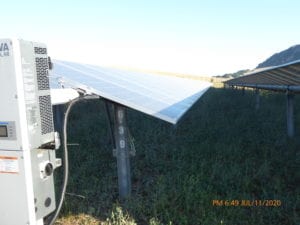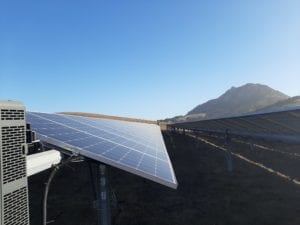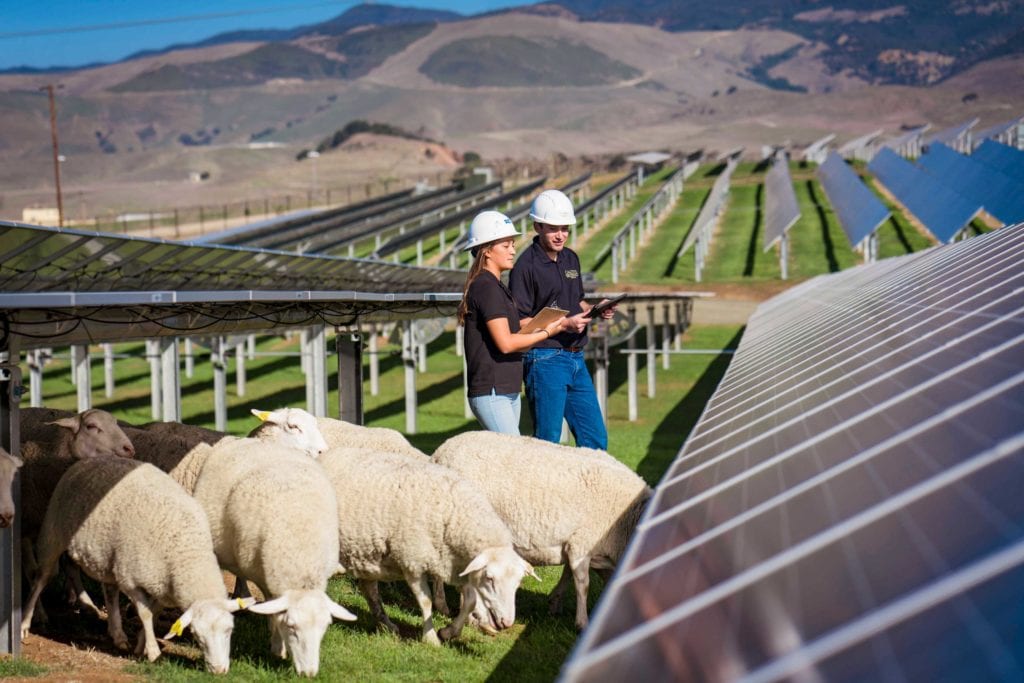Our Team
Here’s an introduction of the people behind the project.

Jack Brewer
EE Undergrad
Jack Brewer is an Electrical Engineering student beginning his fourth year. He joined this SURP project to learn more about solar power. For this project, he investigated and collected data to identify areas of significant power loss due to shading. This data was passed along to Professor Dolan in order to improve the backtracking of the solar panels.

Dale Dolan
Project Mentor
Professor Dolan is the Hood Associate Professor of Electrical Engineering at Cal Poly with experience in renewable energy projects, education, and advanced motor drives. Professor Dolan implemented changes to the solar panel tracker settings based off of Jack’s recommendations.
Acknowledgements
I would like to thank the Cal Poly Goldtree Solar Farm for giving me the opportunity to learn by using their facility. I would also like to thank my advisor Professor Dale Dolan for adapting this SURP project to a virtual platform and for his support and understanding throughout this summer.
Optimization of Backtracking Parameters in the Cal Poly Goldtree Solar Farm
Digital Poster
Abstract
The Cal Poly Solar farm has been built as a single axis tracking facility with two different types of panels. Both conventional single cell solar panels and twin cell solar cells have been used in its construction. Twin Cell panels typically perform better than their conventional counterparts when shaded by other panels in the row in front of them in a fixed tilt system. However neither module performs well when even a small portion is shaded. Backtracking is a technique where the single axis tracker avoids shading other rows by sub-optimally tracking the sun until it is high enough in the sky that this is not necessary. This is relatively straightforward in a field that is flat or at least has all controlled modules in the same array. However the Cal Poly Solar farm installation has significant variation in terrain and this was transferred to the modules in adjacent rows such that they are not in the same plane nor are they parallel. As a result there is significant error in the backtracking algorithm that was not designed for this case which is seen by significant power losses in both of the types of panels. The subject of this research project will be to investigate and identify the areas where there is significant power loss from row to row shading. The goal is to then determine how to adjust the limited input parameters into the existing algorithm to adjust such that performance is improved. The project team has obtained access to allow control of the tracking system at the Solar Farm to allow this project to be completed 100% remotely. All control and data collection can be accomplished via a web based dashboard that allows us to monitor the performance of the farm in real time and to collect data that can be analyzed for optimization. The angle that the modules are tracking can be monitored in real time and it can be determined through power monitoring if any modules are being shaded or not. It is desired to determine an optimal strategy such that the competing interests of operational time invested and energy gain achieved can be optimized.
Background Research
Backtracking Algorithms
The optimal angle for solar panel tracking is directly perpendicular to the sun’s irradiance, which produces the maximum amount of power. However, in mornings or evenings this is not optimal due to the shade that will be cast on solar panels from the rows ahead of them. With backtracking, the solar panels angle towards the sun as closely as possible without casting shade on the panels behind them. During the day, the panels will follow the optimal angle because they will not be casting shade on other panels.
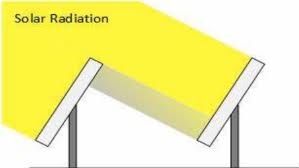
Figure 1 above shows solar tracking without a backtracking algorithm. Notice how the first solar panel is casting shade on the panel behind it. While they are pointing optimally at the sun, they will not be gaining optimal power due to shading.
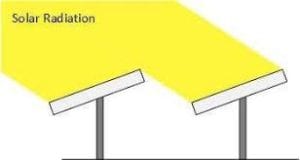
Figure 2 above shows solar tracking with the backtracking algorithm. Although the panels aren’t tracking the optimal angle, this is optimal for the highest power gain for the solar panel system.
Tracker Settings
Figure 3 below shows one tracker motor angle over time in one day. During the midday, you can see the tracker motor follows the optimal angle in a linear stepwise fashion. During the backtracking portions, the tracker motor follows a distinguishable pattern. In order to reduce shading, the backtracking pattern may only need to be changed one or two degrees in some instances. However, accuracy can be difficult to achieve due to the tracker motors having a one to two degree tolerance.
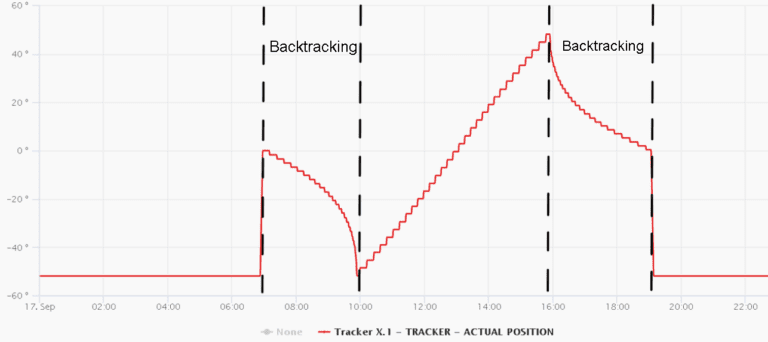
When the solar panels are no longer receiving sunlight, they get set to a stow angle. In this case they were set to -52 degrees. This angle is being optimized by another project to reduce soiling on the panels.
Simulation
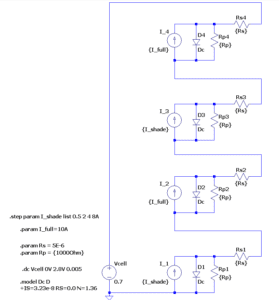
Figure 4 above shows an example 4 cell module circuit in LTSpice. This circuit was expanded to a 72 cell module by Professor Dolan. The 72 cell module was simulated in order to test the effects of shading on solar cell modules. Out of the 72 cells, one cell was chosen the be simulated as the “shaded” cell. The results below will show the effects of a single shaded cell on the total power gain of 72 total cells.
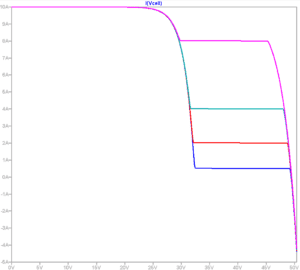
Suppose a typical cell pulls 10 A. The pink, green, red, and blue lines in Figure 5 above show the IV curves of the 72 cell module for the single shaded cell having 8 A, 4 A, 2 A, and 0.5 A respectively. As you can see, the total power gain drops dramatically with a single cell being shaded. This proves the importance of the backtracking algorithm and the necessity of accuracy to be certain that little shading is occurring.
Power Monitoring
Power monitoring is an efficient way to determine if certain solar panels are experiencing shading. Figure 6 below shows two different inverters that were monitored. The blue line decreases linearly which suggests it is not experiencing much shading, while the red line dips sharply which suggests that it experiences extreme shading.
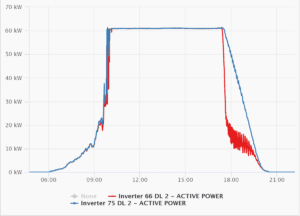
Analyzing the data shown above, the non-shaded inverter obtained a daily 576 kWh while the shaded inverter obtained a daily 529 kWh. A typical case of shading results in a loss of around 15 kWh per day. Considering that the majority of the 75 inverters at the solar farm experience shading, this is a loss of approximately 720 kWh per day. To put this in perspective, the average household uses 30 kWh per day.
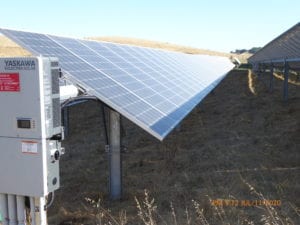
The photo above shows a typical case of shading. While it looks small, this will have a significant impact of the power gain.
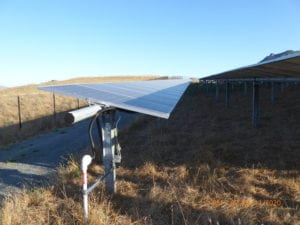
The photo above shows an extreme case of shading. However, this shading is hard to fix due to the uneven landscape.
Results
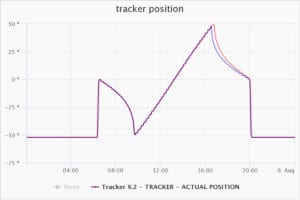
The photo above shows the tracker settings before and after they were optimized. As you can see, the angles were only slightly changed in the evening.
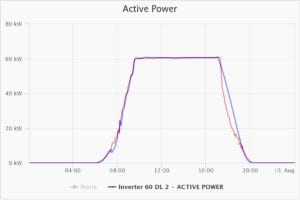
The photo above shows the change in active power before and after the tracker settings were optimized. This change increased this inverter’s daily energy by 14 kWh.
In conclusion, the optimization of backtracking parameters is shown to increase the average daily energy gained by the solar farm. Optimization continues to be an ongoing process. This project helped optimize power over the summer, but the sun’s position varies over the seasons which affects the angles of shading, therefore more optimizations will need to go into effect. Research is needed to determine an automated process that can help accomplish this task.
